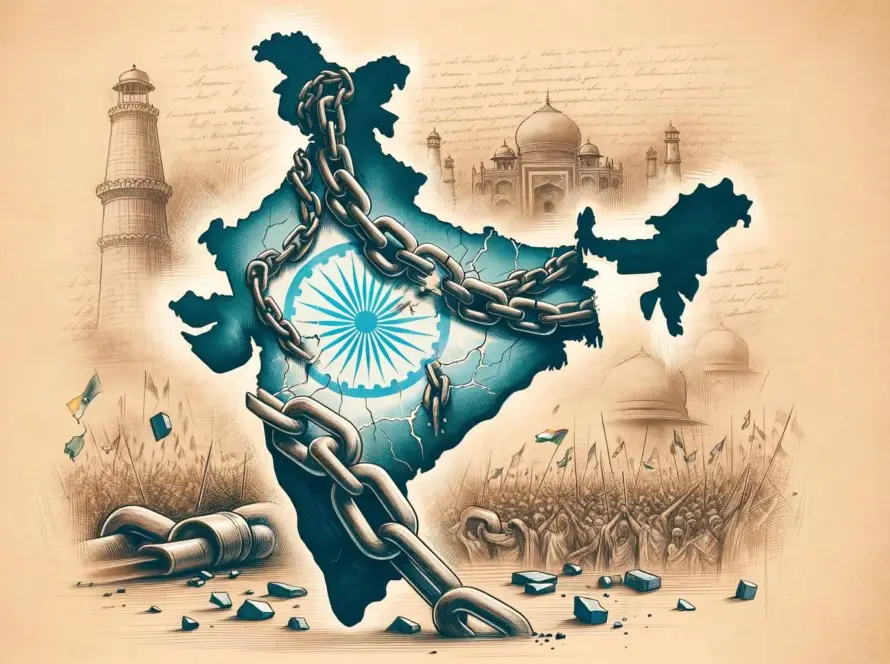Generated by Contentify AI

Introduction
India, known for its rich cultural heritage, boasts a myriad of festivals that reflect the country’s diversity and traditions. From the colorful Holi, celebrating the arrival of spring, to Diwali, the festival of lights symbolizing the victory of light over darkness, each festival has its own unique customs, rituals, and significance. The diverse range of festivals also reflects the country’s distinct regional and religious variations, making it a fascinating exploration of India’s cultural tapestry. Whether it’s the fervor of Navratri in Gujarat, the grandeur of Durga Puja in West Bengal, or the spiritual aura of Pongal in South India, the celebrations showcase the vibrant and varied traditions that define Indian festivals.
Unveiling the Colors and Customs of Indian Festivals
Indian festivals are a colorful tapestry of diverse customs and traditions. The vibrancy of Holi, with its joyful celebration of colors, stands in contrast to the serene beauty of Diwali, where the glow of diyas illuminates the triumph of light over darkness. Each festival, deeply rooted in regional and religious significance, offers a unique insight into the vast and varied cultural landscape of India. From the fervor of Navratri in Gujarat to the grandeur of Durga Puja in West Bengal, the exploration of Indian festivals reveals a rich tapestry of customs and rituals, each reflecting the country’s deep-rooted traditions and diversity.
Understanding the Significance of Indian Festivals
Indian festivals are a vibrant reflection of the country’s rich cultural diversity. The significance of these festivals extends beyond mere celebrations, encapsulating the history, traditions, and values cherished by different communities. From the fervent dance of Garba during Navratri in Gujarat to the grand processions of Ganesh Chaturthi in Maharashtra, each festival offers a unique window into the diverse tapestry of Indian culture. Exploring the customs, rituals, and symbolism of these festivals provides a profound understanding of the country’s multifaceted heritage, making it a fascinating journey into the heart of India’s cultural mosaic.
The Rich Tapestry of Regional Festivals
India’s festivals are a vibrant tapestry woven from a myriad of regional traditions. From the exuberant Kumbh Mela in the north to the elaborate Pongal” target=”_blank”>Pongal celebrations in the south, each region showcases its distinct cultural identity through unique festivities. The opulence of the Thrissur Pooram in Kerala stands in stark contrast to the fervor of the Bihu” target=”_blank”>Bihu festival in Assam. Exploring these diverse celebrations offers a captivating insight into the rich mosaic of Indian traditions, reinforcing the country’s reputation for cultural plurality.
Celebrating Diversity: Unique Traditions and Practices
India’s festivals are a vibrant tapestry of diverse customs and traditions. The country’s cultural heritage is beautifully showcased in the myriad of festivals celebrated throughout the year. From the colorful and energetic Holi to the spiritual and symbolic Diwali, each festival offers a unique insight into the rich cultural diversity of India. These celebrations are deeply rooted in regional and religious significance, presenting a fascinating exploration of the country’s cultural tapestry. Whether it’s the fervent dance of Garba during Navratri in Gujarat or the grand processions of Ganesh Chaturthi in Maharashtra, each festival offers a profound understanding of the multifaceted heritage of the country.
Festivals and Modern India: Evolving Traditions
India’s festivals are a testament to the country’s rich and diverse cultural tapestry. From the exuberant celebration of Holi to the grand spectacle of Diwali, each festival offers a unique insight into India’s traditions and beliefs. The vibrancy of regional festivals such as Navratri in Gujarat, Bihu in Assam, and Pongal in South India further highlights the country’s cultural pluralism. These celebrations, deeply rooted in regional and religious significance, provide a captivating exploration of the multifaceted heritage of India. The customs, rituals, and symbolism of each festival offer a profound understanding of the country’s rich cultural diversity, making it a fascinating journey into the heart of India’s cultural mosaic.
Embracing the Vibrancy of Indian Festivals
India‘s rich cultural tapestry is vividly displayed through the diverse array of festivals celebrated throughout the country. Each festival, deeply rooted in regional and religious significance, offers a unique glimpse into the traditions and customs cherished by different communities. The vibrant spectrum of celebrations, from the fervor of Navratri in Gujarat to the grandeur of Durga Puja in West Bengal, showcases the multifaceted heritage of Indian culture. Exploring these festivals unravels a fascinating journey into the heart of India’s cultural mosaic, providing a profound understanding of the country’s diverse traditions and practices.
Conclusion
India, with its rich cultural heritage, celebrates a myriad of festivals that reflect the country’s diversity and traditions. From the vibrant and colorful Holi to the grand celebrations of Diwali, each festival encapsulates unique customs, rituals, and significance. The diversity of Indian festivals is further enriched by the distinct regional and religious variations, offering a fascinating exploration of the country’s cultural tapestry. Whether it’s the fervent dance of Garba during Navratri in Gujarat or the grand processions of Ganesh Chaturthi in Maharashtra, each celebration showcases the vibrant and varied traditions that define Indian festivals. Exploring these festivities provides a profound understanding of the multifaceted heritage of India, making it a captivating journey into the heart of the country’s cultural mosaic.


